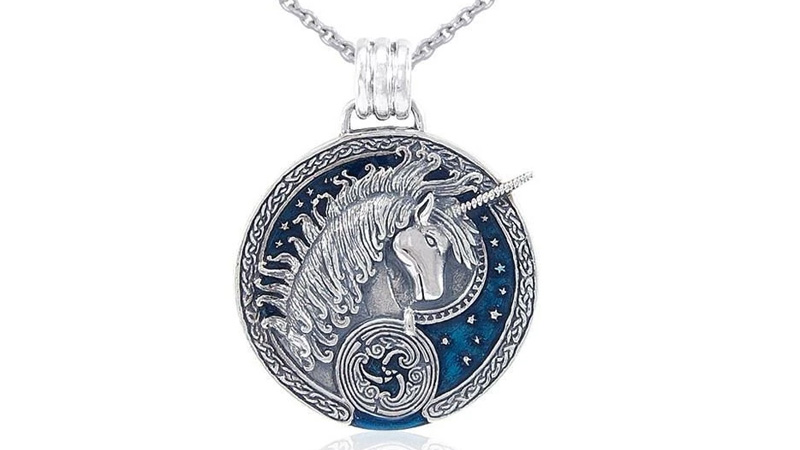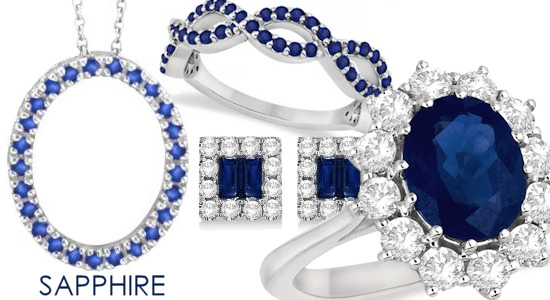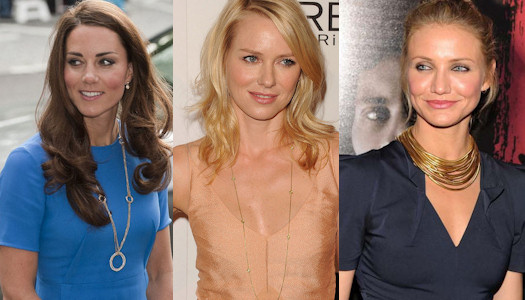What is Celtic Jewelry made out of?
When the image of Celtic jewelry comes to mind, it’s easy to let the imagination fly and visualize a group of people living across Europe during the first century BCE with their Iron Age culture and pottery vessels decorated with bronze. As they moved west, these tribes introduced the use of iron and metalworking techniques to the region. Five centuries later, they had developed a distinctive artistic style that included stylized bird and animal forms as well as the geometric designs that adorn so much of the Celtic jewelry today.
The Origin of Celtic Jewelry
Jewelry represented a symbol of social status and prestige among the Celts. Distinctive was their torc style of necklace or bracelet but Celtic jewelry includes much more than that. They knew how to incorporate metals as varied as gold and silver mixed with iron and bronze in a unique way. To that, they added stones such as amber, shale, and jade, and other decorative elements such as glass and enamel. Starting with beads strung on necklaces or torcs that adorned the neck or wrist, their discovery of a way to make wire allowed them to extend their creativity and produce brooches and pins.
True antique Celtic jewelry can be enjoyed as part of a museum collection. Each piece is a true work of art and represents a special item of ornamental jewelry.
Traditional Celtic Jewelry Symbols
These days, Celtic jewelry is associated with the Irish culture and derives many of its symbols from Ireland’s wealth of Celtic history since the Celts arrived at Irish shores in 500 BCE.
The Celtic Cross
The most iconic of Celtic jewelry design elements is the Celtic cross. These high crosses may be found all over Ireland. Carved from granite or sandstone, they have been preserved for centuries. Its main element is a ringed cross in which a nimbus surrounds the intersection of the stem and the arms of the cross. Modern interest in this tradition has popularized the Celtic cross and it has been interpreted in a variety of metals including silver and gold.
The Trinity Knot
Used today to represent never-ending love, the trinity knot represents the promises to love, honor, and protect. It is common to pair it with wedding rings to create unique pieces of Celtic jewelry. The first interpretation appears to have been created centuries ago within a monastery. Other interpretations have the three arms of the knot representing earth, wind, and water or spirit, mind, and body. They have been crafted from valuable metals encrusted with emeralds and other stones.
The Claddagh Ring
Designed by Richard Joyce, a young sailor in the 17th century, this ring is the ultimate representation of enduring love. With a heart in its center representing love, it has been worn as an engagement or promise ring. The hands that surround the heart represent friendship and unity while the crown stands for loyalty. There are many theories about the proper way to wear this traditional Celtic piece of jewelry that is usually fashioned out of gold with beautiful emeralds in its center.
Whenever you are looking for a unique piece of Celtic design jewelry you can be sure to find something that warms your heart not only with the beauty of its design but also with the centuries of traditions and symbolism behind it.




